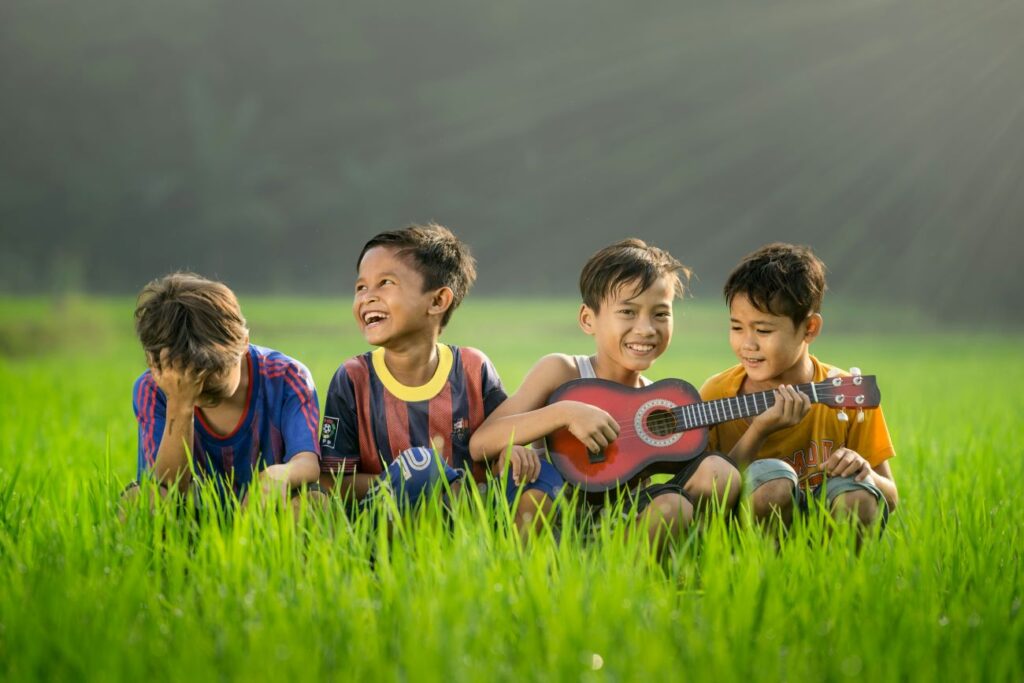As parents and educators, we all want to give our children the best possible start in life. Research consistently shows that early childhood experiences play an indisputable role in shaping a child’s future learning and development.
Among the most invaluable of these, are those that involve movement and music. These forms of play are not only enjoyable for young children but help lay the foundation for lifelong learning.
Let’s briefly explore why incorporating movement and music into your child’s daily routine is so beneficial – and the good news is, these activities are low-cost, quick, and easy to set up!
The benefits of movement-based play & music
Movement is a natural and essential part of a toddler’s development. It is well-known that music is a powerful tool for learning, and its benefits extend far beyond simple enjoyment. Outlined briefly below are a few reasons why it matters:
1. Physical Development:
Movement activities like crawling, walking, jumping, and dancing help develop gross motor skills by building strength, coordination, and balance, all of which are crucial for activities like handwriting, playing a musical instrument and sports.
2. Language Development:
Singing songs and listening to music can significantly enhance language skills. They introduce rhymes, rhythm and new vocabulary and can improve pronunciation and comprehension.
3. Cognitive Development:
Active play encourages brain development, as it requires children to navigate their environment, solve problems, and make decisions which enhances their cognitive abilities. For example, navigating an obstacle course or playing a game of catch or tag requires planning and spatial awareness.
And as we know, music stimulates different parts of the brain, which can boost memory and sequencing skills especially through learning to recognize patterns, follow rhythms, and remember lyrics.
3. Social and Emotional Development:
Movement-based play often involves interaction with others, promoting social skills such as cooperation, sharing, and turn-taking. This also provides opportunities for parents/carers to offer guidance to help develop ‘age-appropriate’ conflict resolution skills.
Conclusion
As evidence suggests, when movement and music are combined, the benefits are magnified, supporting overall physical and cognitive development, causing the child to flourish.
I trust through reading this short blog, you have been inspired to incorporate movement and music into your child’s day, seeing it as a beautiful foundation, enhancing growth and development for their lifelong learning.
Together, let’s embrace the power of movement and music and give our children the best start on their educational journey.
Remember, the key is to keep activities enjoyable and engaging. When learning is fun, children are far more likely to develop a love for it, that lasts a lifetime.
So, turn up the music, get out the pots and pans or musical instruments and get moving, and watch your child thrive!
Like a quick cheat sheet with a few ideas to get you started? Stay tuned, it’s coming soon!
In the meantime, click here now to check out some of my Learning with Ricardo Reading Mouse® Youtube channel short parent and educator videos, jam packed with ideas and tips.


